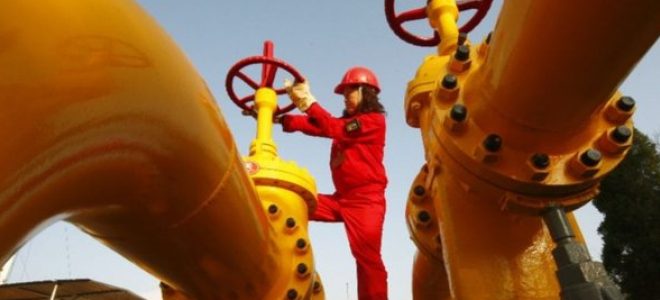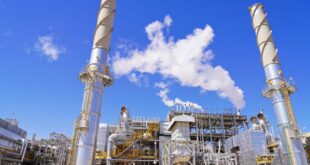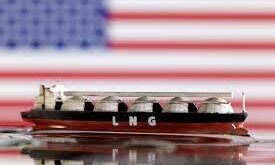China announced in March it was going to spin off the pipeline operating assets of the three state oil and gas majors and create a separate entity dedicated solely to this infrastructure. The announcement was welcomed by the local energy industry and it should also be welcomed by foreign oil and particularly gas producers.
In a recent note. Credit Suisse analysts said. as quoted by Bloomberg’s Dan Murtaugh. that the pipeline asset spin-off would encourage greater competition on the natural gas market and lead to lower prices. which would in turn spur even more demand for the fuel.
We do not believe that the market has taken active views on post-reform pricing. The majority of investors have only focused on asset sales and valuation specific to the pipeline company. the analysts said in the note.
According to them. natural gas prices in China could fall by as much as a tenth in the next two years and spur a 13-percent demand growth in 2021 alone. This contrasts with a demand forecast from Citi. which saw demand remain unchanged until about 2022 and then start slowing down until it reaches 4 percent annually. Murtaugh noted. This year. according to one Chinese gas supplier. demand for natural gas would jump by a solid 14 percent. or 30-40 billion cubic meters. according to a Reuters interview with the company’s chairwoman. And that’s probably without taking into account the pipeline reform.
If the Credit Suisse analysts are right. the pipeline news is good for importers of the commodity by pipeline but not so good for LNG producers. The pipeline reform will only push down the price of gas transported via the pipeline network and it will make it even cheaper compared with liquefied natural gas.
A deepening glut has seen LNG prices drop by 60 percent over the last six months. according to Reuters calculations. and with more production capacity coming on stream. even China’s strong natural gas demand growth will probably not be able to soak it all up. This part is particularly negative for U.S. exporters of LNG who have to contend with a 25-percent LNG import tariff that Beijing introduced recently in retaliation to President Trump’s latest tariff raise on Chinese goods.
Yet in the long term. Chinese natural gas demand will continue to rise steadily if not as sharply as the most bullish of the gas bulls hope. The country’s government has ambitious plans for an energy switch from coal to natural gas and is working hard to meet its targets under the Blue Sky policy. Yet the dash for gas as DNV GL called it in a recent analysis. is not without its challenges.
These include massive investments in LNG import terminals. gas storage facilities to avoid a repeat of last winter’s shortage that left millions without heat. and more investments in developing a distribution grid—the second reason for the heating outages last December.
Despite these challenges. China’s gas consumption is on a sharp upward curve. and because of difficulties in raising domestic output fast enough. most of this curve is made up of imported gas. This dependency on imports has yet to peak. expected around 2035. at over 1 trillion cubic meters. according to DNV GL. This certainly offers a lot of opportunities for importers who can sell their gas at competitive rates.
 Iran Energy News Oil, Gas, Petrochemical and Energy Field Specialized Channel
Iran Energy News Oil, Gas, Petrochemical and Energy Field Specialized Channel




